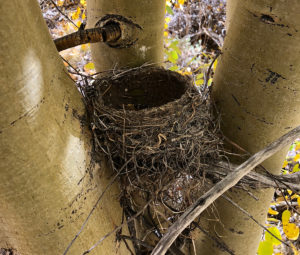
What salamanders live in the Bay Area?
Ahh yes, salamanders. The under-appreciated amphibians, second to their more well-known and vocal (if slightly obnoxious) cousin the frog. For these slimy critters, existence under the forest floor or in murky bodies of water often hides them from even the most enthusiastic of hikers. This is true even in the Bay Area, despite the droves of people who go out into our many parks on the weekends. Nevertheless, the relatively urban Bay contains a surprising diversity of salamander species, each with their own flair! Read below to find out more about our Bay Area salamanders, and see if any of their unique personalities resonate with you.
California slender salamander (Batrachoseps attenuatus)
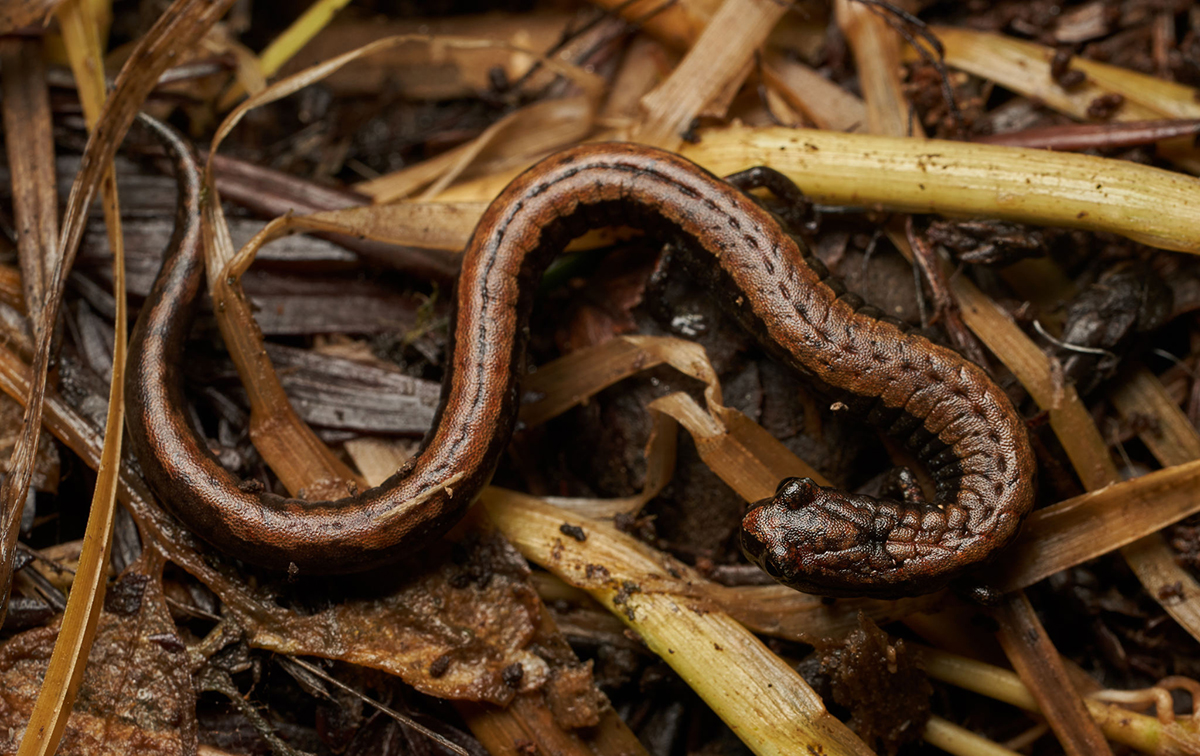
The “bread and butter” of the Bay’s salamander community, California slender salamanders are by far the most common salamander in our area. Though not quite the most interesting, slender salamanders are known for being, well, everywhere. They’re like that one friend who somehow just manages to show up to every event. It gets tiring after a while, but you’re also amazed at how they can do it. Small, thin and wormlike, these salamanders blend into their forest environment with their muted shades of gray, brown, and red. Nevertheless, by virtue of their massive population size, slender salamanders as a whole consume arthropods like no other, controlling their populations which in turn may also help save the environment, as many arthropods consume leaf litter and release carbon emissions into the air.
Ensatina (Ensatina eschscholtzii)
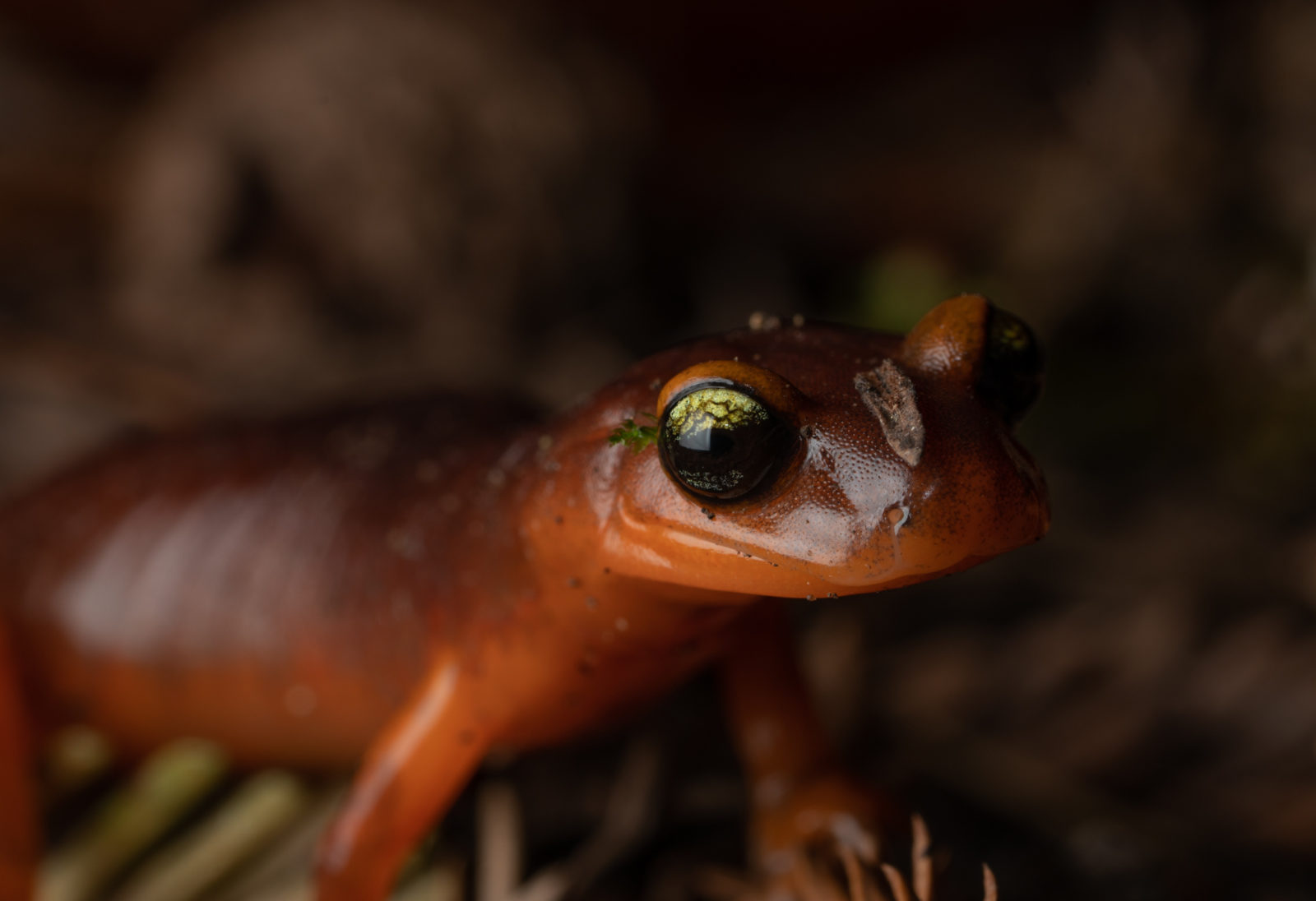
These colorful yellow-orangish salamanders are also quite common on the forest floor, albeit larger than the tiny slender salamanders. Ensatina are unique among all salamander species in having a tail base constriction, meaning their tails are “pinched in” where it meets the body. Another distinguishing feature is the sticky white fluid their tails emit as an antipredator defense mechanism. Lastly, Ensatina are infamous as an example of “evolution in action.” Originating in British Columbia, the species spread south and evolved a geographic ring complex around California’s Central Valley, with each geographic population today different in genetics and appearance from the next. Where the species reconverges at the southern end of the Central Valley, populations from both sides can no longer interbreed, suggesting they’ve genetically diverged long enough that some scientists consider them different species. How neat is that?! With revolutionary tails and evolutionary tales, Ensatina is tricking us all.
Arboreal salamander (Aneides lugubris)
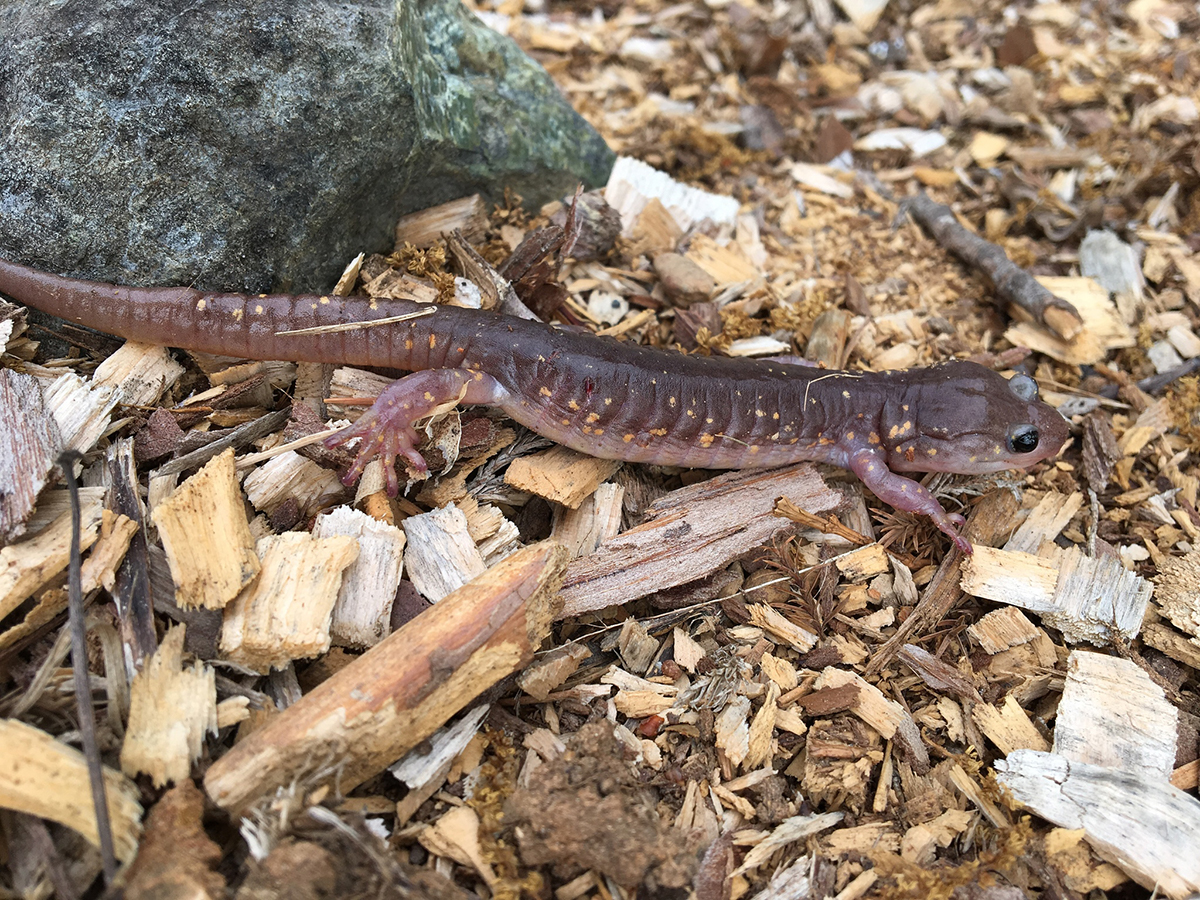
Ever had an aggressive, bitey friend? Well maybe not bitey, but the arboreal salamander sure fits both categories. These occasionally yellow dotted purple salamanders are renowned and perhaps even feared for their huge jaw muscles and sharp teeth, resulting in a painful bite! (Though rarely to people.) It is not uncommon to see these salamanders with traumatic bite wounds or even missing body parts as they are quite territorial and will duke it out with each other. As their name implies, arboreal salamanders have adaptations that help them climb trees. They have square toe tips to improve gripping of surfaces, and semi-prehensile tails that allow them to hang off branches; nevertheless, you’re much more likely to encounter them on the ground than on a tree.
Black salamander (Aneides flavipunctatus)

Surprise, surprise, the black salamander is named for its black coloration. And this is why biologists are biologists and not creative writers. Compared to its close cousin the arboreal salamander, the black salamander has a much smaller range here in the Bay Area, being found mostly in the Santa Cruz mountains and northern Sonoma County. It may also be aggressive and has a semi-prehensile tail, but unlike the arboreal salamander is not known to climb trees as often.
The Pacific Tarichas:
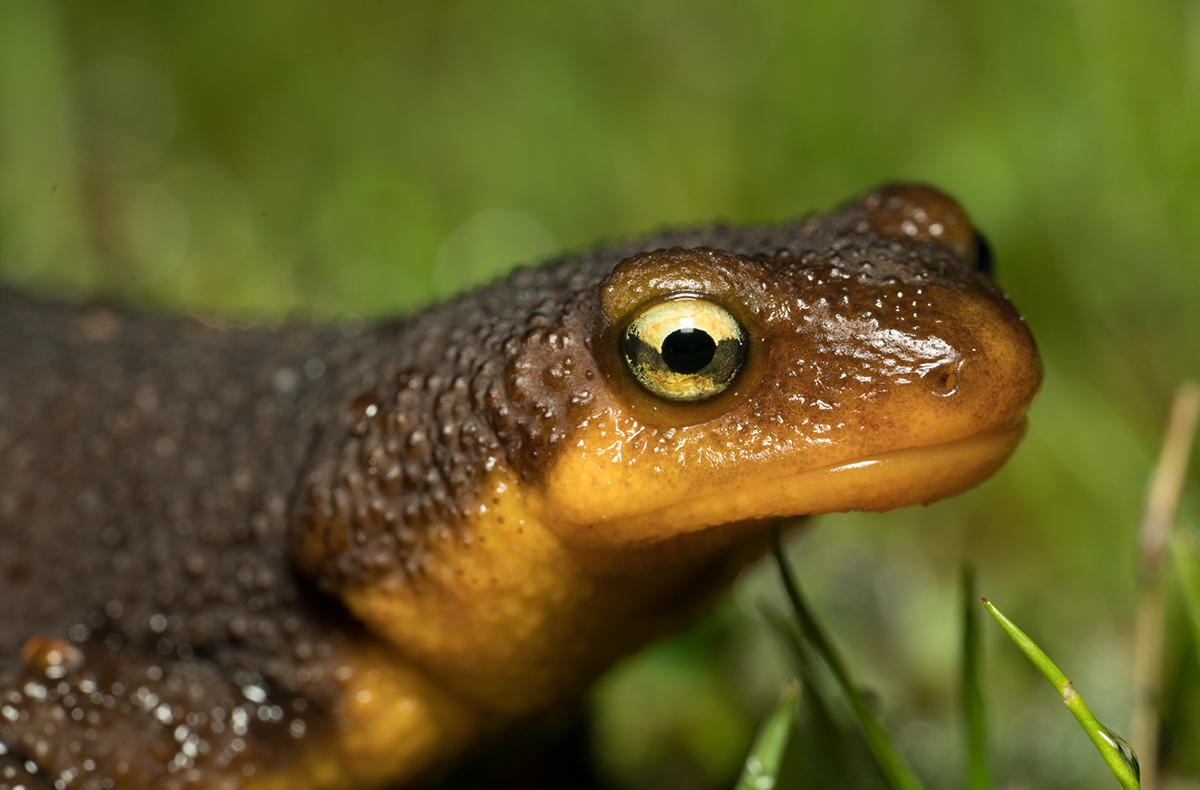
California newt (Taricha torosa)
If any one California salamander is going to be spotted out in the open by an unsuspecting trekker, this would be the one. Slow and steady, California newts come out of hiding under the forest floor during the rainy winter and spring months and migrate towards bodies of water to have huge mating frenzies. Because when they’ve been hiding for most of the year, what else would they want to do? They lay their eggs in the water, and the eggs then hatch into aquatic larvae before metamorphosing into terrestrial adults. Although they have an unassuming dark brown back, when disturbed these newts lift their heads to expose a yellow underside and advertise their toxicity. Newts in the genus Taricha contain tetrodotoxin (TTX), the same toxin found in pufferfish. It is fatal to humans — that said, they’re safe to touch provided you wash your hands afterward. Just don’t put them near your mouth or eat them.
Rough-skinned newt (Taricha granulosa)
Similar in appearance and behavior to California newts, but with a much darker back and orange underside, rough-skinned newts are also by far the most toxic out of all the Taricha species.
Red-bellied newt (Taricha rivularis)
Unlike other Taricha newts, red-bellied newts have fully black eyes and generally prefer flowing streams over stagnant bodies of water for breeding. They sure know how to keep it fresh! Moving on…
California giant salamander (Dicamptodon ensatus)
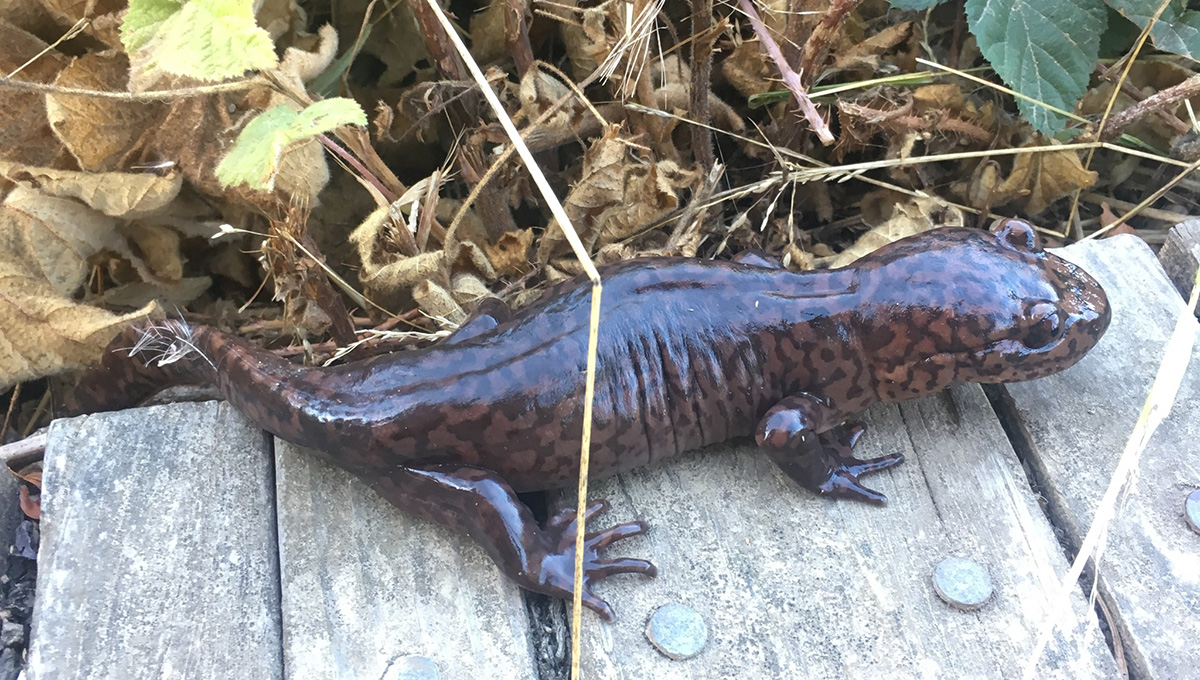
One of the largest terrestrial salamanders in the world, California giant salamanders actually start their lives as stream-dwelling aquatic larvae. Their mottled brown color gives them an almost camo-like appearance, though at up to a foot in length this salamander ain’t hiding from anyone. Not that they need to, as voracious predators, they consume almost anything that can fit into their mouths, from slugs to rodents, lizards, and even other giant salamanders! This species is one of the very few salamanders that can vocalize, usually as a defense mechanism. Whereas most other salamanders just try to escape from your hands, this one gives off a rattling bark to tell you to back off! What a boss.
California tiger salamander (Ambystoma californiense)

California tiger salamanders are fairly elusive, hiding in underground rodent burrows much of the year and only appearing during the rainy season to breed in temporary ponds. Shy much? Black with yellow spots, sporting googly eyes and what appears to be a large smile, California tiger salamanders could best be described as awfully cute. Sadly, as a result of habitat destruction, increasing drought, and predation by introduced fish , this awkwardly adorable, somewhat dopey salamander is endangered and in need of conservation measures.
Long-toed salamander (Ambystoma macrodactylum)
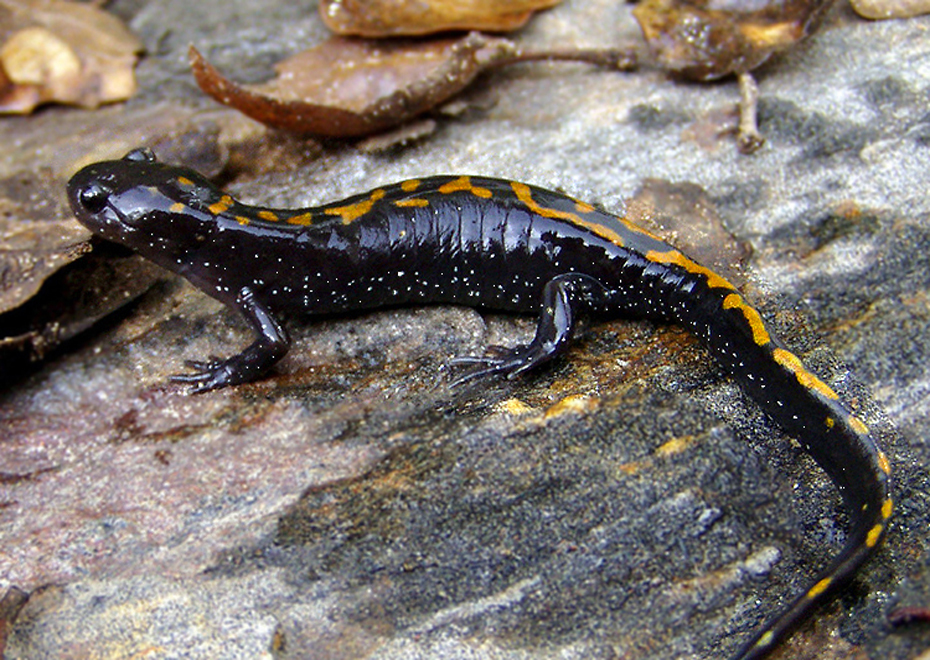
As a whole, this species is doing fine, but the long-toed salamander in the Bay Area, aka the Santa Cruz long-toed salamander, is highly endangered and restricted to a few bodies of water around Santa Cruz and Monterey counties. A mostly black salamander with a blotchy yellow stripe running down its back, the species is named for the relatively elongated toes on its hind feet. If you thought nail extensions were all the rage, try toe extensions! Like many other Ambystoma salamanders, adults also utilize underground burrows while the larvae develop in water. It is believed that this population is a relict population that has managed to survive despite being isolated from the other long-toed salamanders for a long time.
Northwestern salamander (Ambystoma gracile)
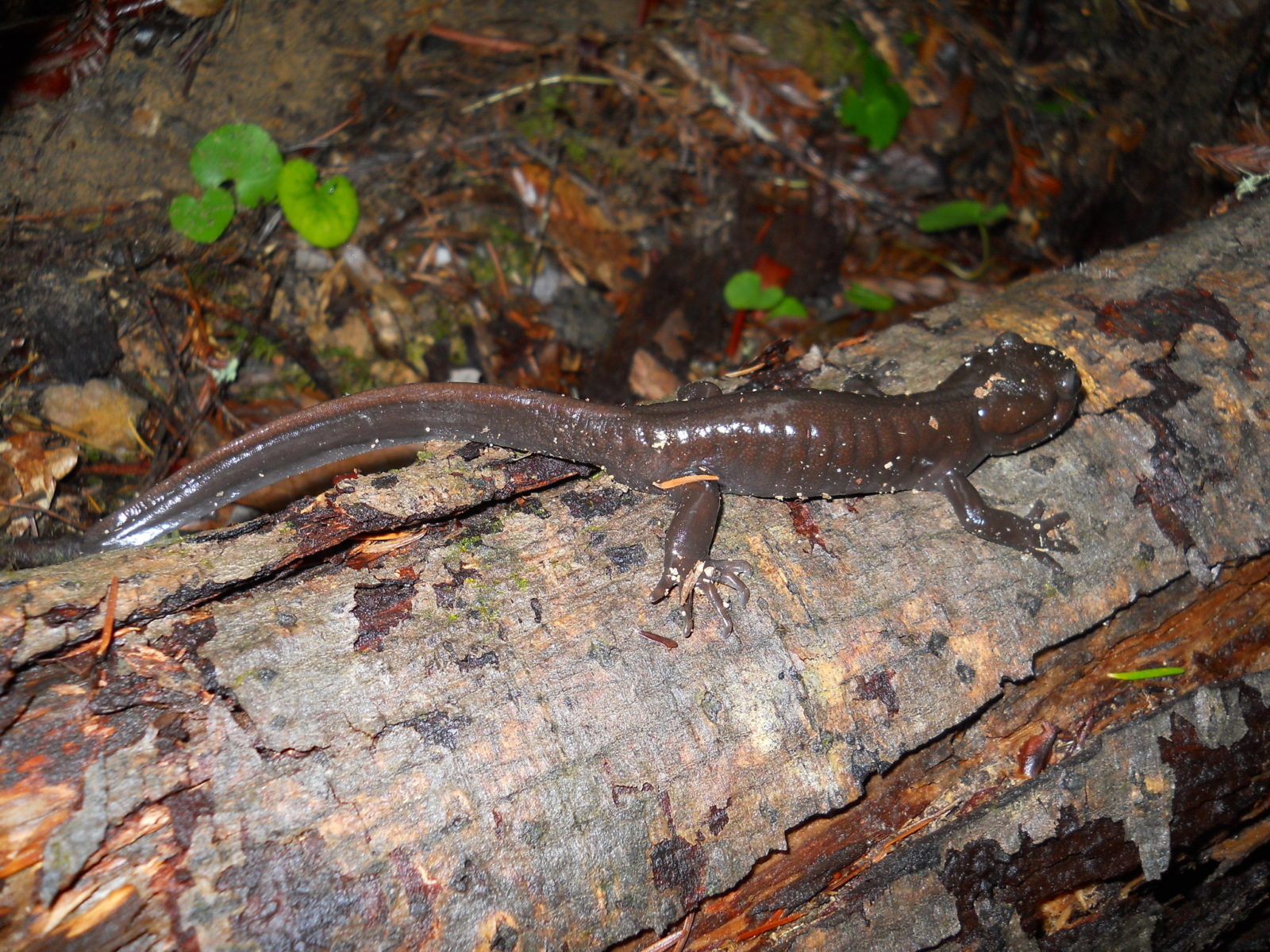
This salamander is fairly large and mostly dark brown, gray, or black in color. Adults are usually found under logs or rocks and inside underground burrows, but will come out during cool moist conditions to feed, as well as enter ponds and streams during the breeding season to mate. As with other Ambystoma salamanders, the larvae are aquatic and metamorphose into terrestrial adults. Northwestern salamanders are true baddies, and unlike many other Ambystoma they are slightly toxic, with huge glands behind their heads called parotoid glands that release a sticky white poison as defense. No wonder these salamanders can persist in the face of introduced predators like fish and bullfrogs.
Salamanders have fascinated people for centuries, with ancient European folklore believing that individuals of the species Salamandra salamandra are impervious to fire because of their bright black and yellow markings, as well as tendency to crawl out from under firewood. Unfortunately, this is obviously not the case. It remains to be seen what effect California’s raging wildfires have on salamander populations, and if they are able to evade them effectively, such as by hiding in burrows, or if their populations can rebound following a potential collapse. Considering how important salamanders are to the ecosystem through their ability to control arthropod populations among other services, losing them would have disastrous consequences for the environment, as well as for human society.
As if that weren’t bad enough, salamanders are also susceptible to infection from a fungus called Bd, a type of fungus in the chytrid fungus group that is implicated in the worldwide decline of many species of amphibians. The fungus hardens their skin, making it difficult to carry out normal bodily functions, at which point the amphibian is unable to do anything and dies a painful death. To make things worse, a second chytrid fungus called Bsal was recently discovered in the past few years, which is also known to infect salamander skin and be lethal in many cases. Though the fungus has only been detected in Europe and Asia so far, proactive measures are needed in place to prevent its spread to other parts of the world including the Bay Area.
And that concludes our somewhat informative, if mostly tongue-in-cheek guide to Bay Area salamanders. Next time you see one of these slimy neighbors, remember that they’re just out here doing their part for the world! And the least we could do is to help them continue to do that.
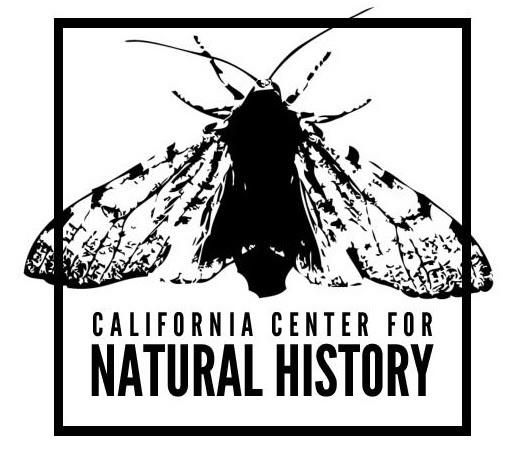
Ask the Naturalist is a reader-funded bimonthly column with the California Center for Natural History that answers your questions about the natural world of the San Francisco Bay Area. Have a question for the naturalist? Fill out our question form or email us at atn at baynature.org!




